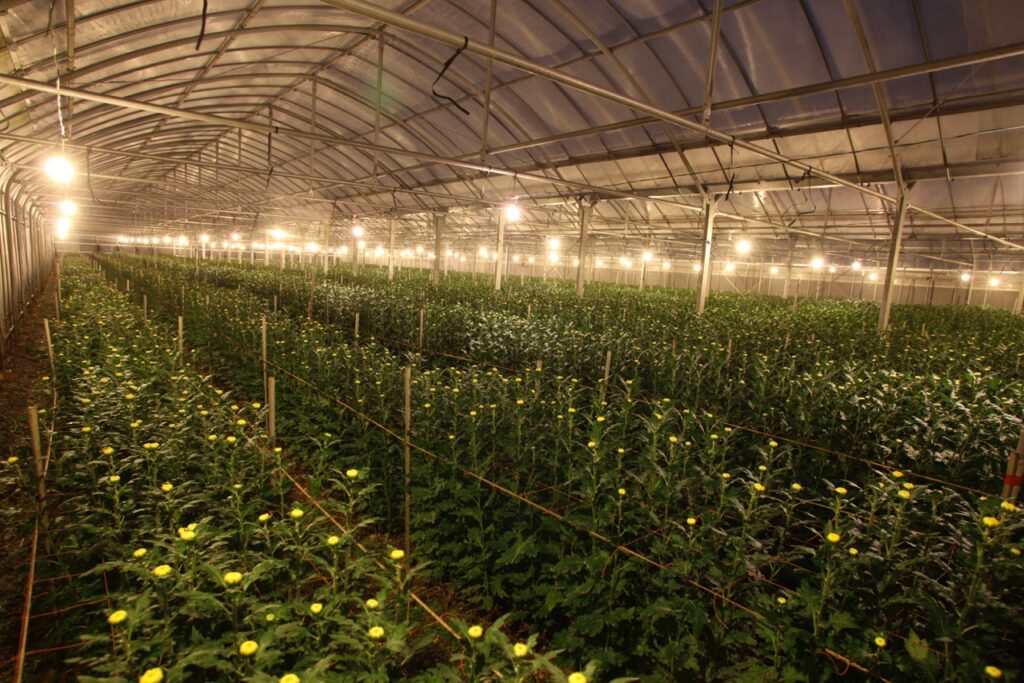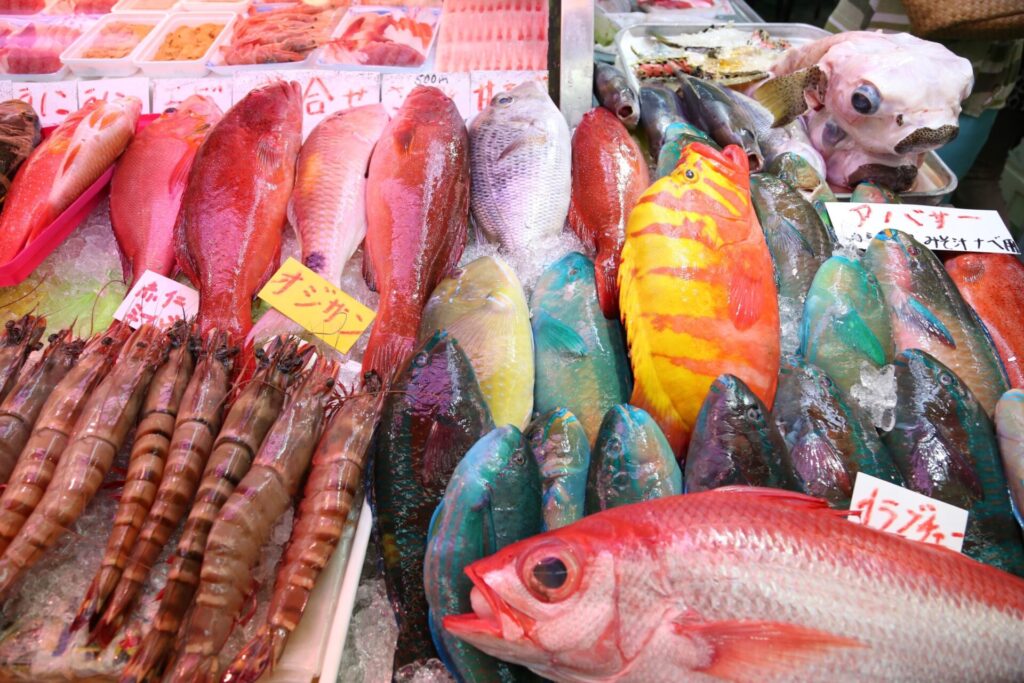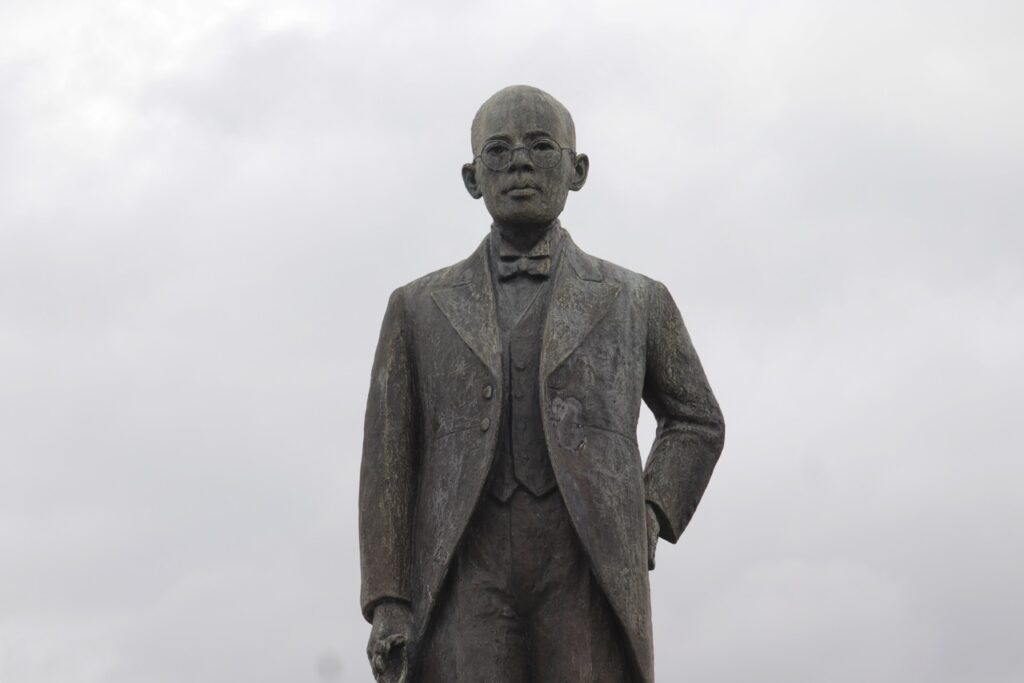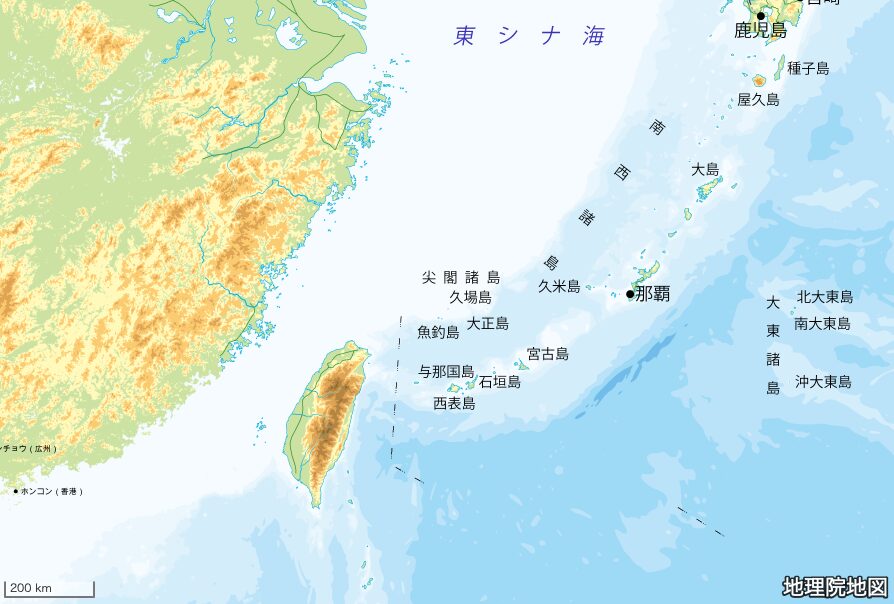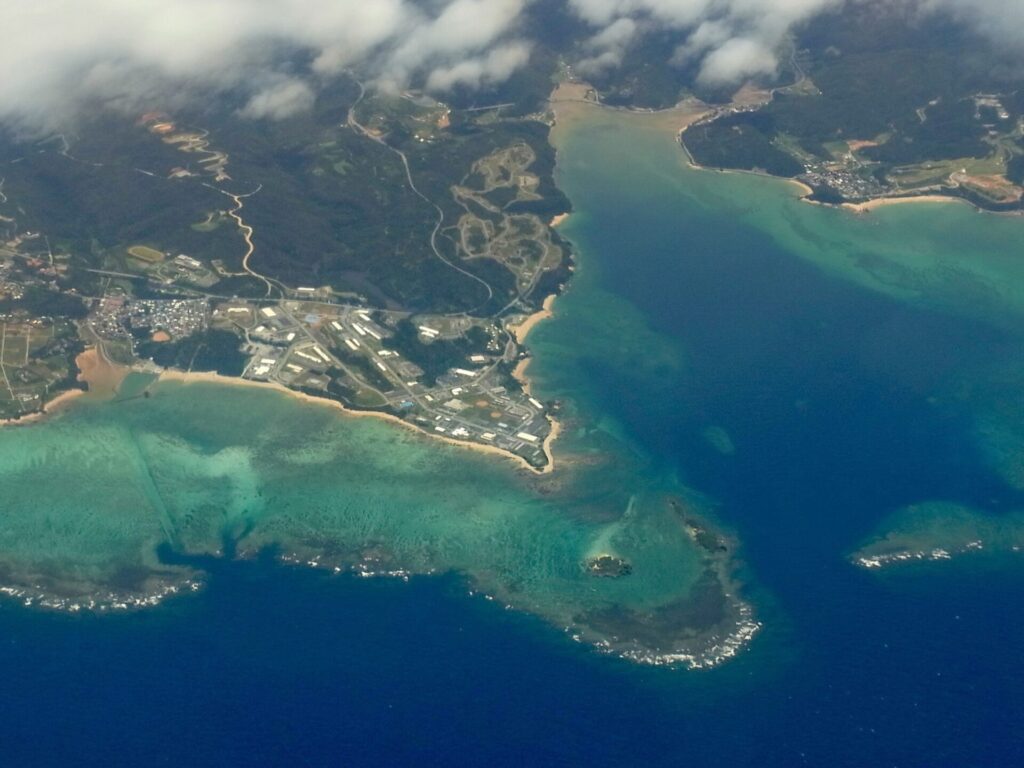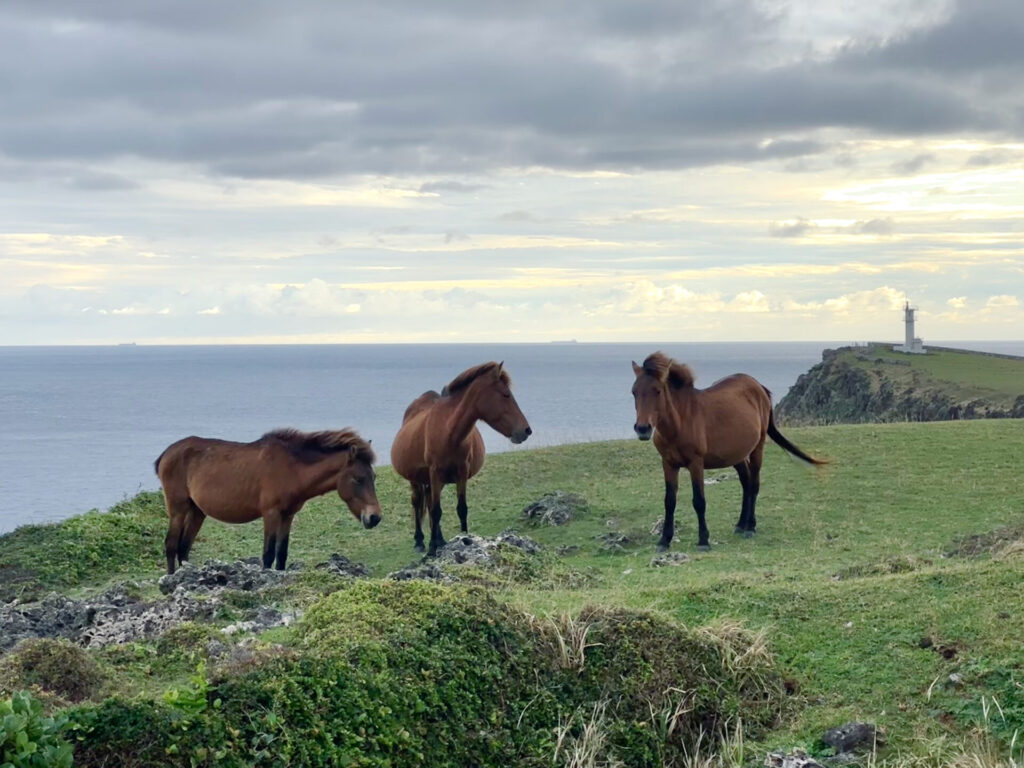Coral Reef

Rachel Carson classified the seashore into three types: (1) a rugged reef with rocks, (2) a beach, and (3) coral reefs and shores with some features characteristic to any of these three types. (Umibe/Seimei no Furusato published by Hirakawa Shuppan)
Among these three, to which do the oceans and shores of the Ryukyu Islands belong? Traveling around the islands, including the Okinawa main island, Miyako Islands, and Yaeyama Islands, I noticed that the Okinawan ocean bears all of the three types Carson defined. The Daitō Islands (Minamidaitōjima, Kitadaitōjima) are islands with rocky reefs, absent of any beaches nor even coral reefs, and sand has to be transported from the main island of Okinawa in order to build concrete buildings. On other islands such as Tonaki Island or Aguni Island, rocky reefs like the northern part of the Okinawa main island can be partly seen, although every shore bears a beach, a coral reef on the reef pools— inō—beyond, and an atoll around the inō protecting the islands from the outer waves. The beaches are created from coral reefs over a long period of time, so we may conclude that most of the seashores in the Ryukyu Islands are shores of coral reefs.

A coral reef is “a spectacular structure of nature, built by the hands of numerous living creatures centered around the hermatypic coral” (Kuroshio ni Ikiru Mono by Suzuki Katsumi, Tosho Sensho Series 63), and so, populations of “numerous living creatures” that form the coral reef varies: the deer’s-horn coral, Montipora foliosa, or table type coral, etc. but let that be discussed in books specialized on oceanography. Here, let’s look into the life of the people living within the oceans of coral reef and the Ryukyu Islands, their mental images, and their relationships with natural landscapes.
Standing on a small hill on the main island or the surrounding islands of Okinawa, the view lets us see two white strips rolling out as if to surround the land. One is where the waves from the outer oceans—called and much-feared as the “kuruto”—break into whitecaps, a strip made by the atoll called “hishi” by the people. The other strip is made of white sand, or the remains of dead corals, transported to the water’s edge by the waves breaking at the atoll.
From the ancient times, the Okinawan people said to “walk on the sea.” This sea refers to the inō spreading between the two white strips, where fish and shellfish bred like a well depending on the tides and the seasons, complementing the tiny land crops much more than enough. Yielded by the coral reefs, inō was indeed a field, a refrigerator, as well as a cultural space to worship the nirai kanai1. People came and went through the undersea path—watanji—from the inō to the atoll to enjoy the abundant blessings of the ocean. Fish also grew swimming to-and-fro with the tides via the path—wari—created by the coral reef from the inō to the outer ocean.
A coral reef is certainly the grand master of creation that shaped the Ryukyu Islands and its climate as ocean-bound islands, yet today, it faces a crisis due to landfills and public works, and the situation is to be alarmed.
Editor’s Note:
- A god’s world that is believed to exist beyond the oceans.







